The Distinguished Fashion of Women During the Titanic-Era
WWI changed everything for fashion.
Women during the 1910s were in a bit of a fashion limbo. Hemlines were rising slowly and the shape of corsets had become longer and straighter, making women’s silhouettes slimmer through the hips. In contrast to the pigeon-breasted look of the Edwardian era, the new fashions were more about long, vertical lines and less about womanly curves. However, the fashions of the era were anything but masculine as women were drawn to tassels, draped fabrics, and inset bust panels for their long gowns. There were even a few sneaky pairs of pants in the mix as well! Here is a look back at some of the elegant fashions of the Titanic-era.
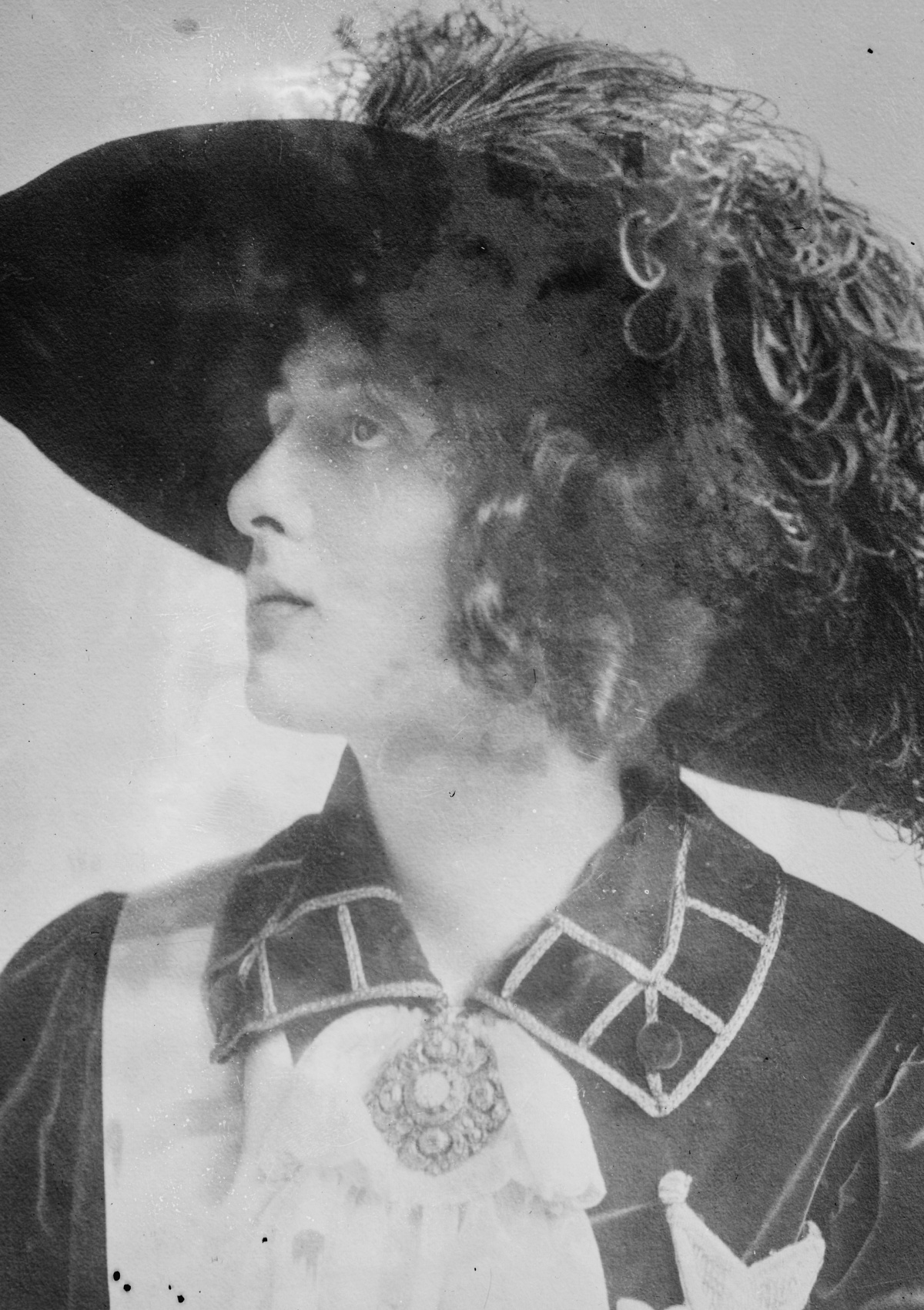
In the 1997 film, Titanic, Kate Winslet wears a variety of gowns – each with this very upright look to them and that was accurate to the period. Between 1910 and 1915 the looks were often about emphasizing the stature of a person using vertical designs.
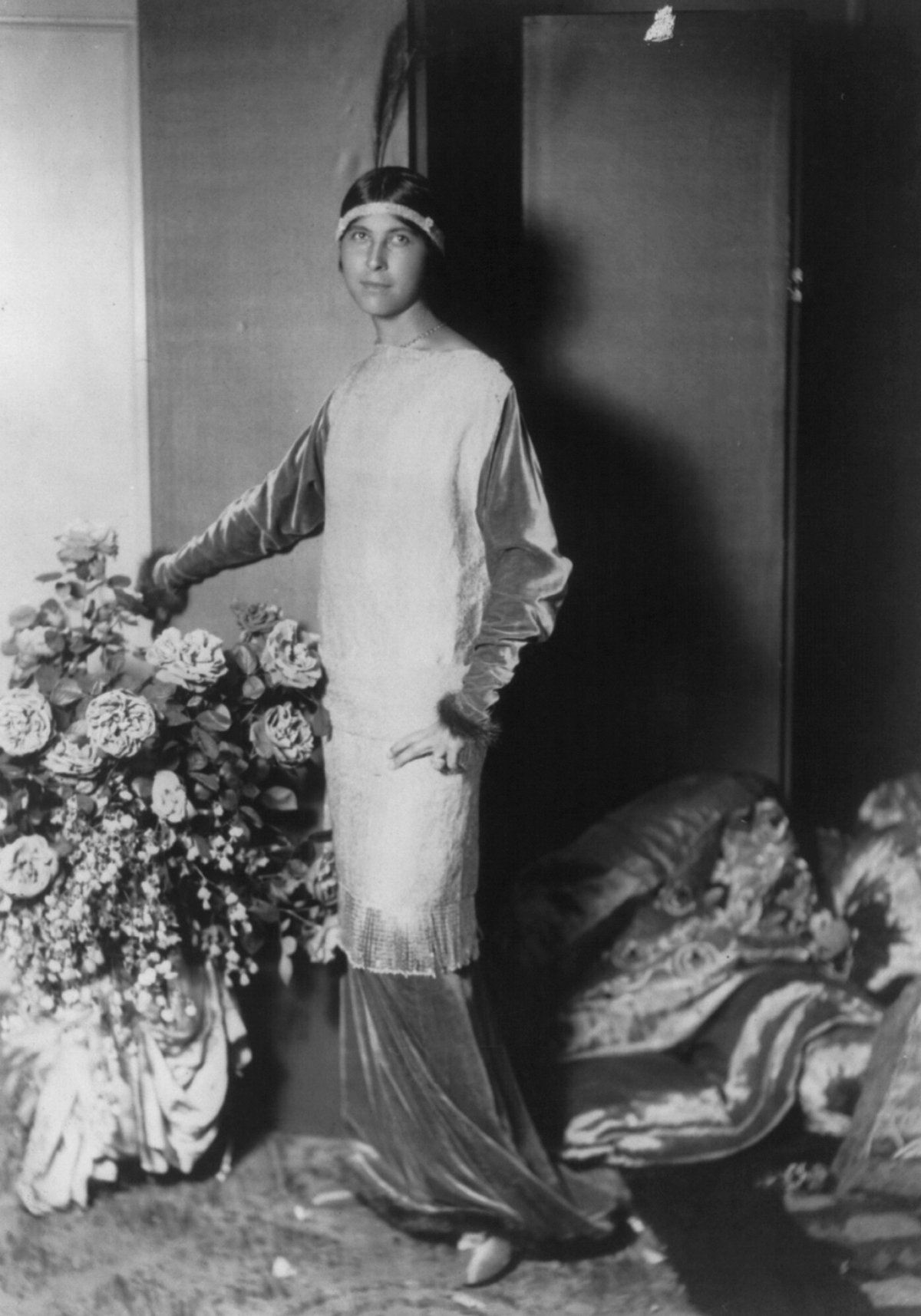
Velvet, ermine, and braided trimmings were extremely popular during this time, though obviously not everyone could afford the more lavish of these decorations. Cotton dresses trimmed in satin or a contrasting cotton were favored by women of working class and middle class families.
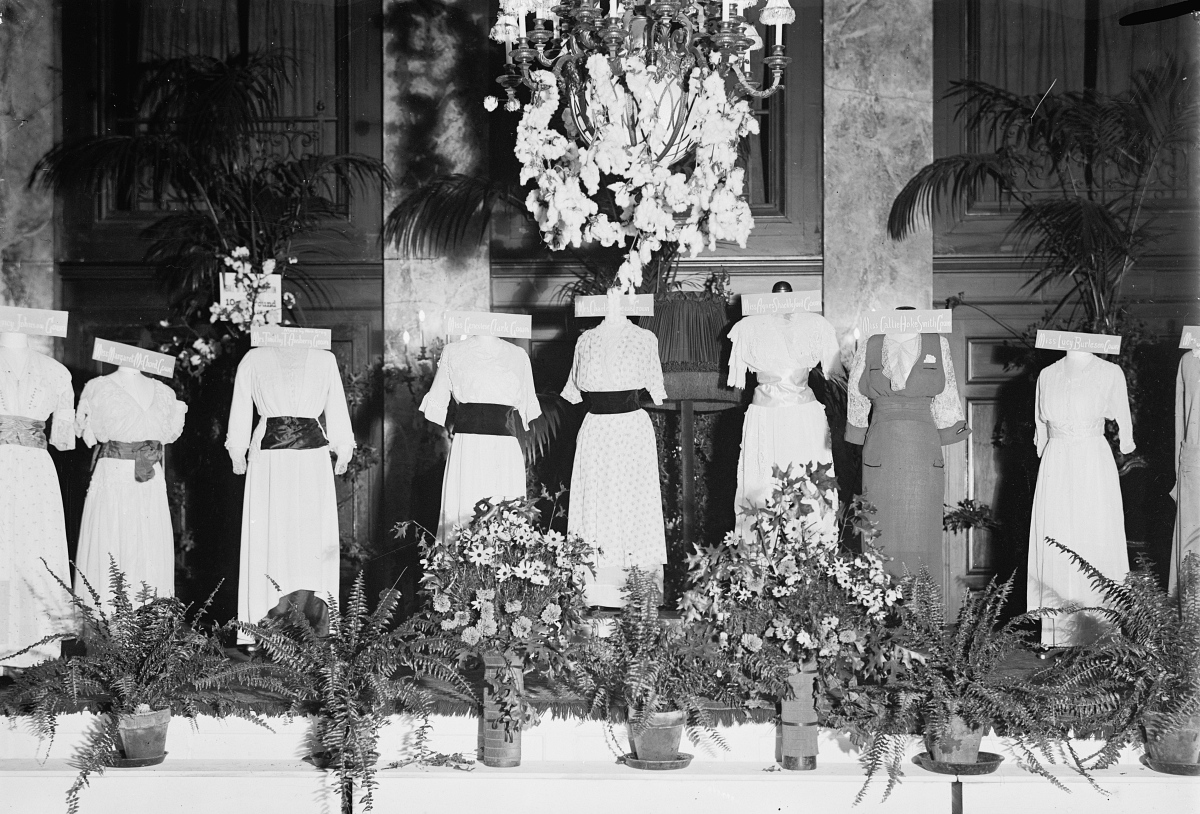
The aforementioned inset was one tactic to achieve that vertical look, while many women gained height through the wearing of elaborate hats.
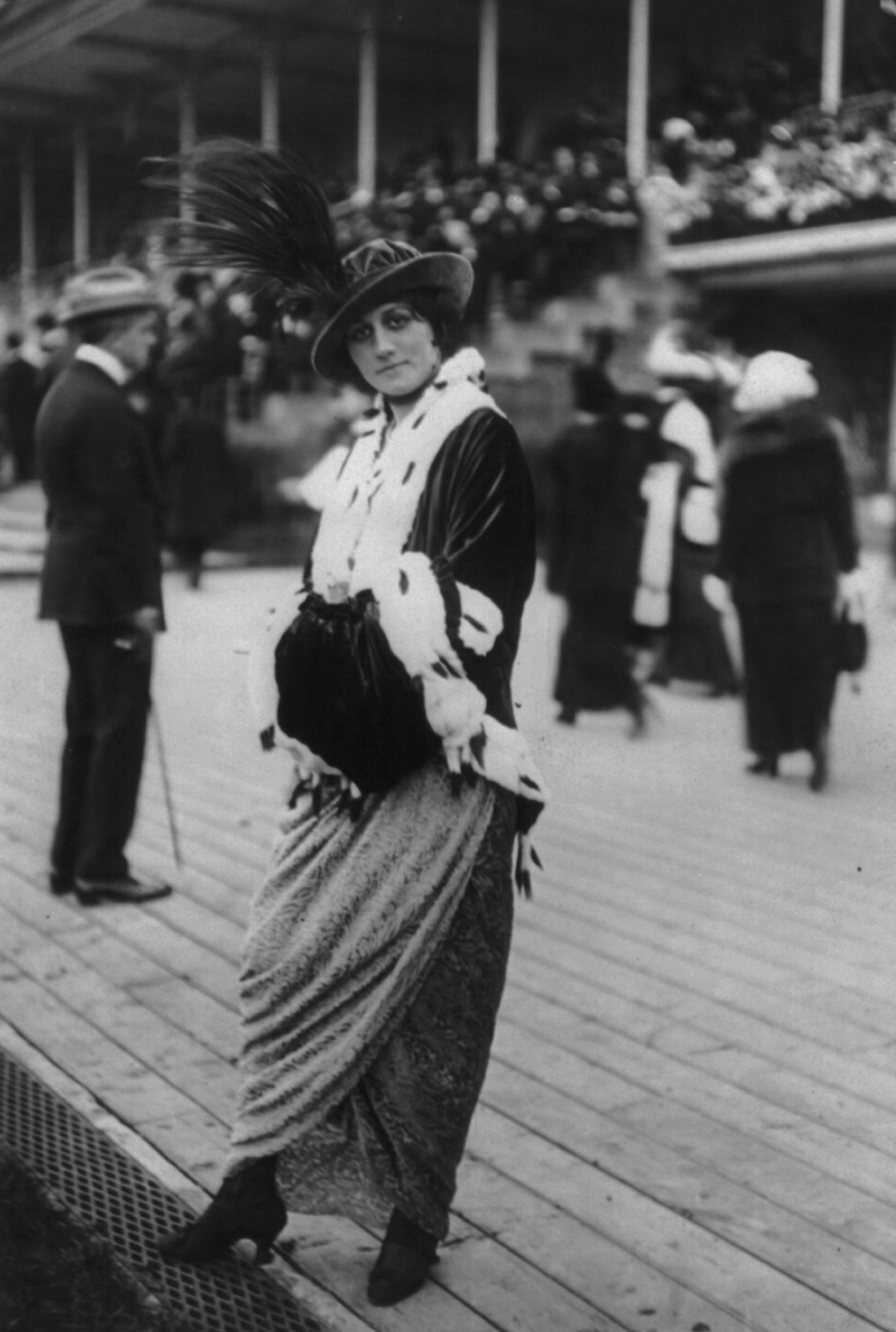
For a number of years the trend for large hats held with a wide ribbon under the chin was popular. Not the most practical look, but very fashionable at the time.
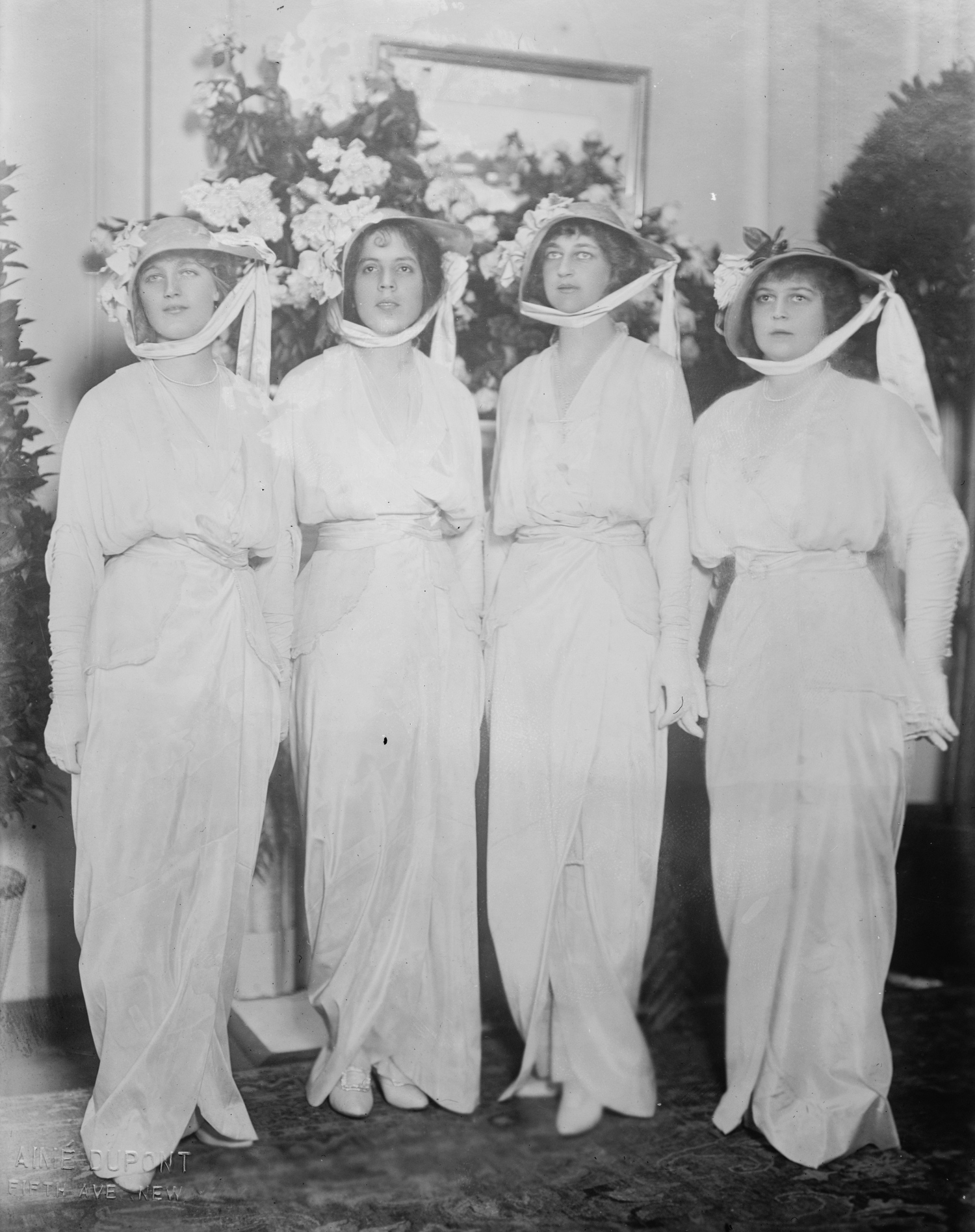
Unlike 20 years before when hemlines belled out at the top of the foot, many 1910s dresses were narrow at the bottom. The restricted movement led to these types of skirts being called “hobble skirts”.
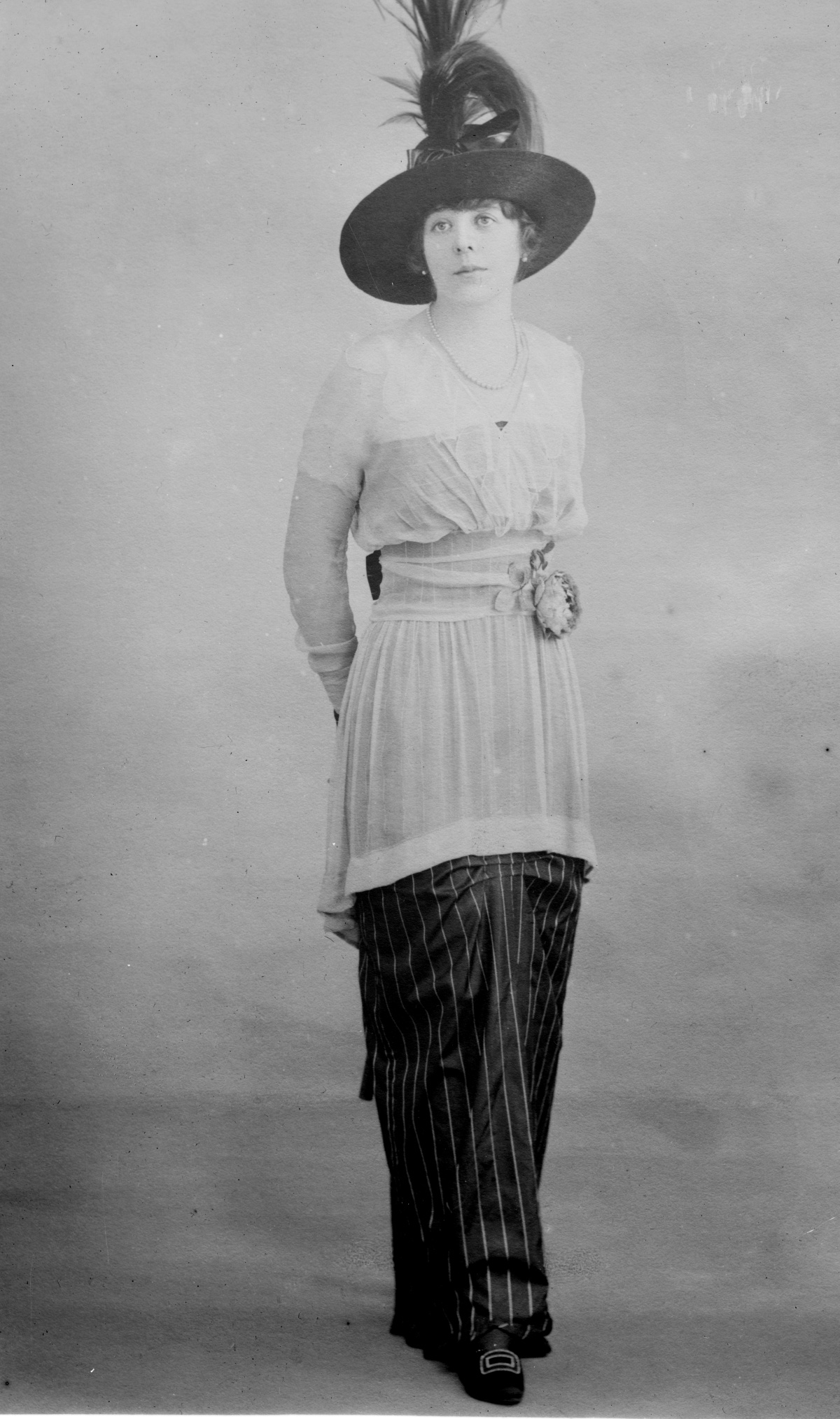
But, it wasn’t all about the tiny steps. There was also a trend for women to have more freedom of movement by wearing “trouser skirts” and “aero skirts” which disguised pants as skirts. At the time it was a very bold move for a woman to wear pants so it makes sense that the look was softened somewhat with a skirt-like appearance.
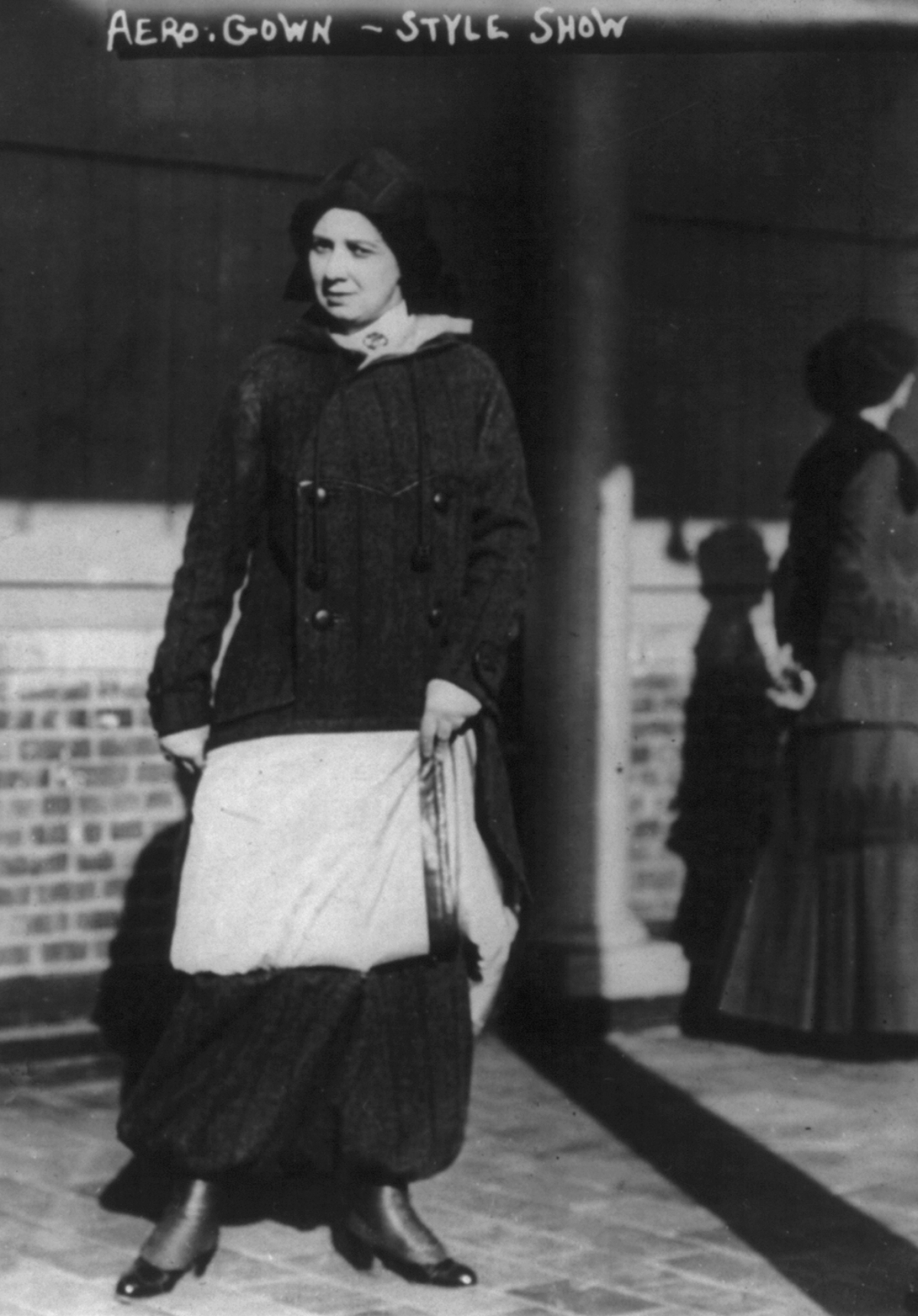
Some women were even bolder and wore riding jodhpurs with wide coats and stylish leather boots. This was the new fashion for equestrian women who were no longer interested in risking their lives to ride side saddle in long skirts.
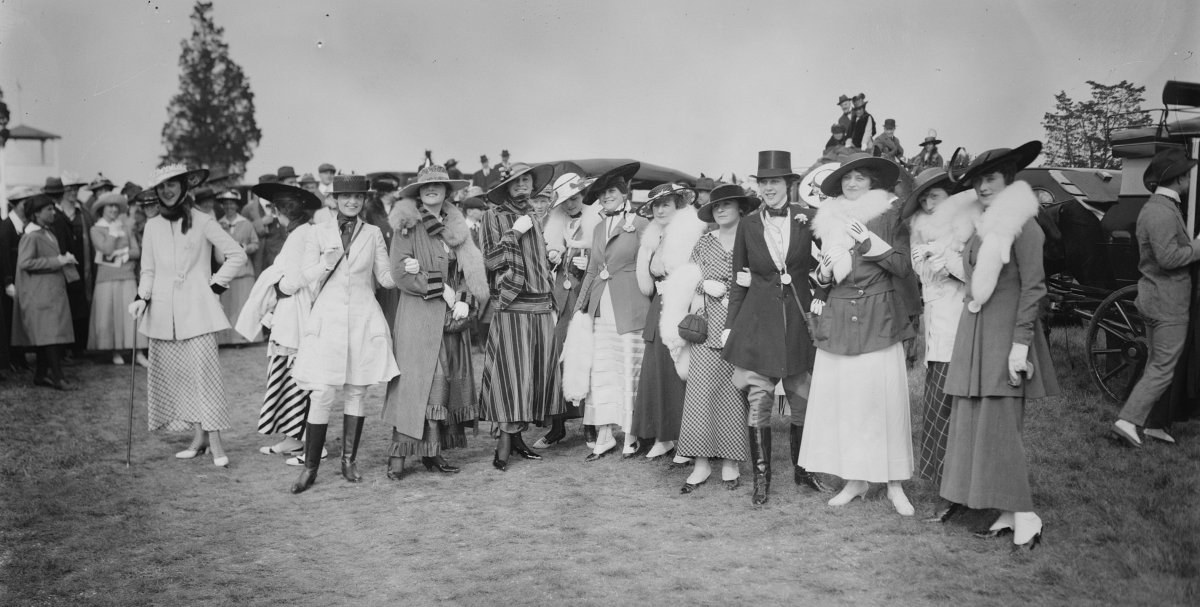
Women also began swimming in more revealing attire. Sports like golfing and playing basketball were also gaining popularity with ladies.
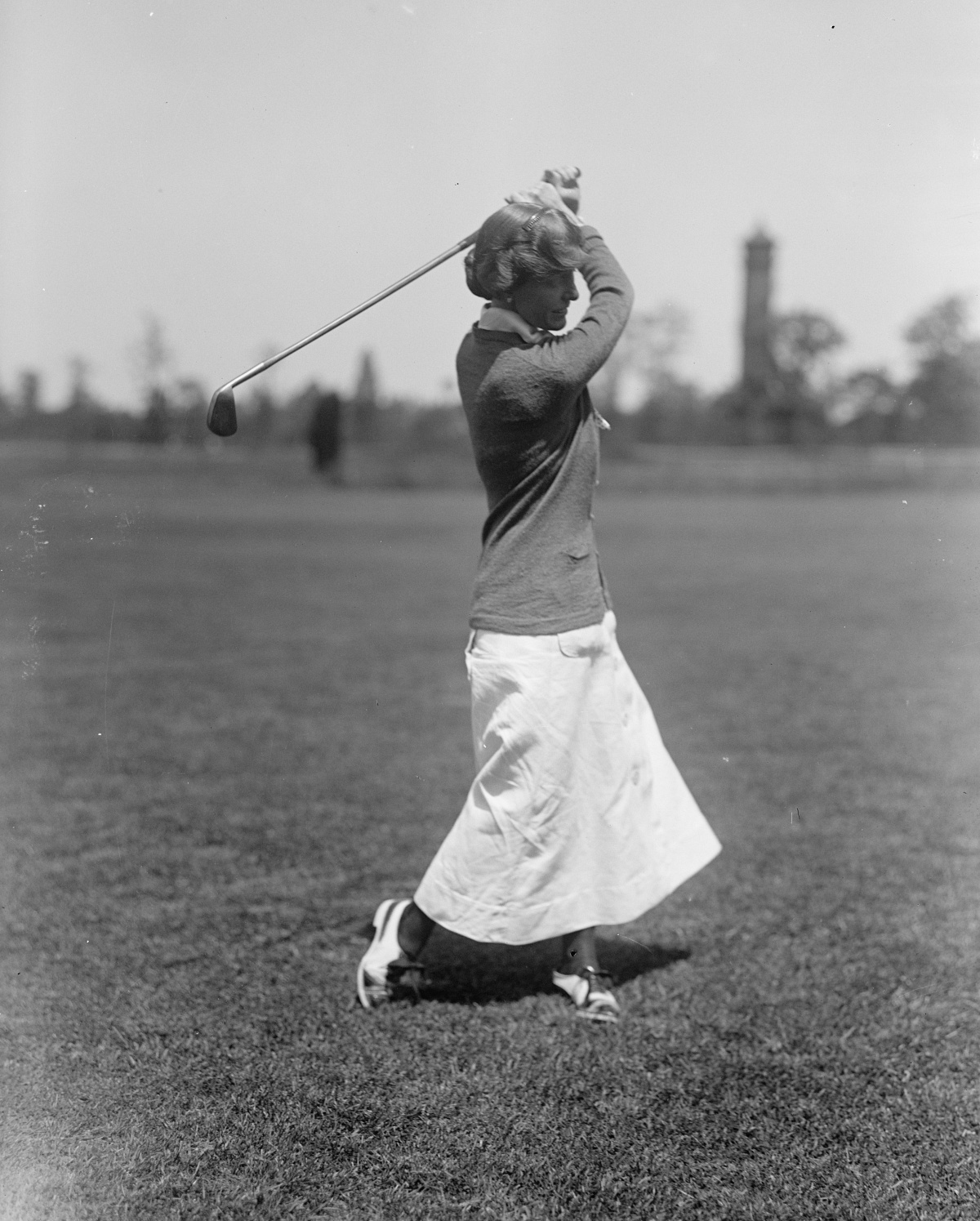
Each activity had different clothing and though it was controversial back then they were quite modest by today’s standards.
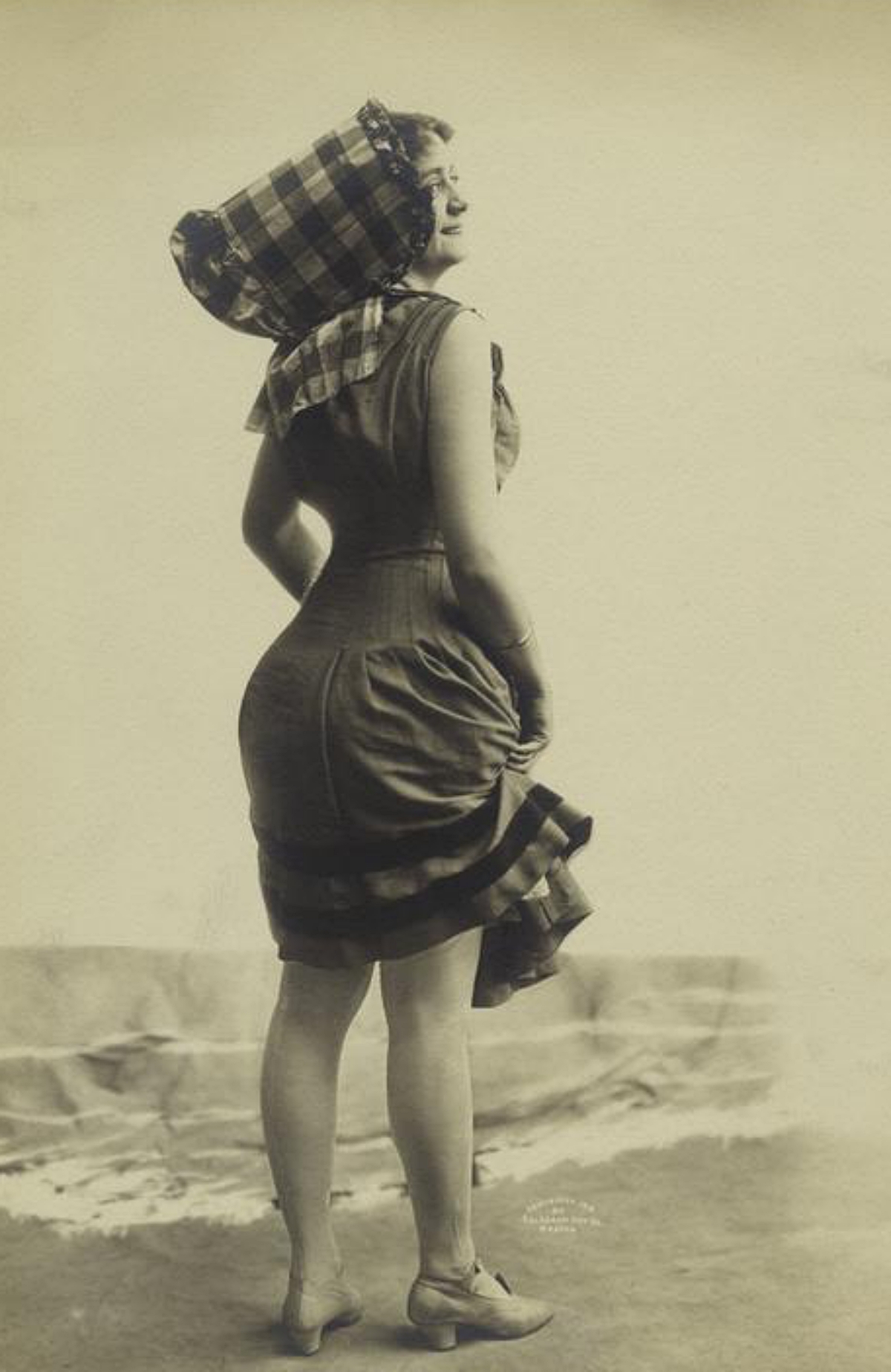
With many women going to work during World War I the styles became plainer, with shorter hemlines and sleeves to accomodate war work. But, the 1910s was the last decade in which corsets, long skirts, and frilly hats were the mode du jour for Western women before the Roaring Twenties changed fashion dramatically.
SKM: below-content placeholderWhizzco for DOT

